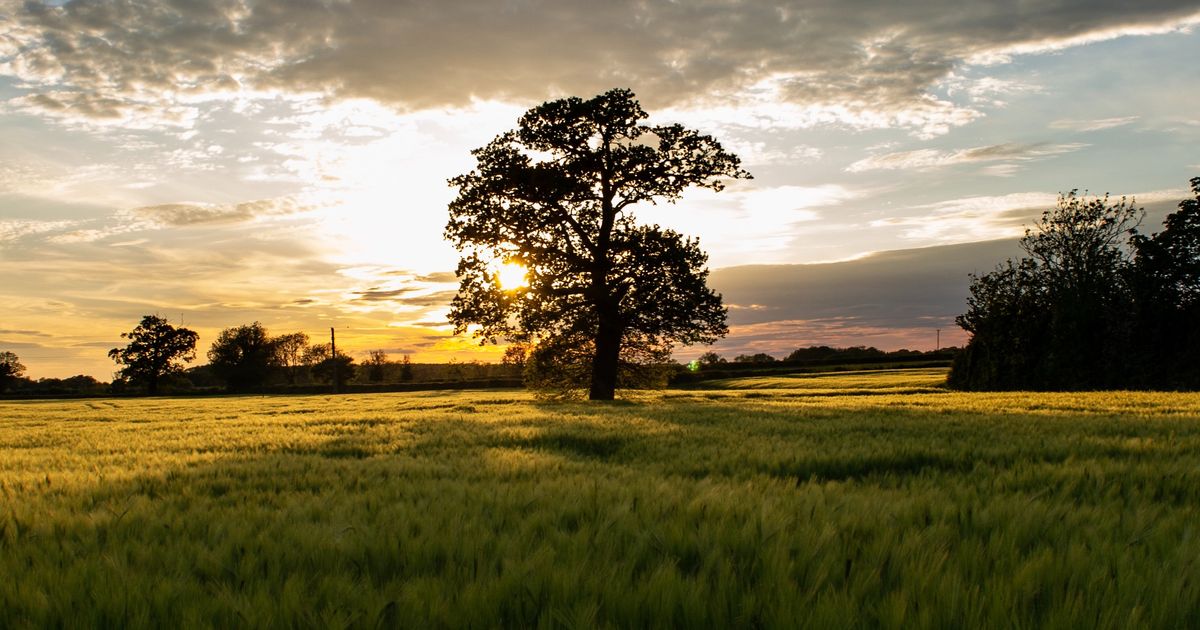
Personal Gmail accounts have been reactivated as some experienced gallery staff are either unexpectedly looking for work or seizing the (pandemic) day to try something new. Among the latter, recent senior level departures include Gary Waterston, at Gagosian gallery for 18 years and latterly as its managing director for Europe; Graham Steele, a partner at Hauser & Wirth and a force in its Los Angeles gallery; and Lock Kresler, a senior director at Lévy Gorvy and at the helm of its London outpost.
The circumstances of each departure are of course different, but uniting this trio is a sense that the introspection and out-of-office time afforded by the Covid-19 pandemic have forced a rethink. Kresler, who started at Lévy Gorvy in 2014, and just a week before his first child was born, feels that the London gallery has grown into a “more self-sufficient and larger operation” and that working from home distilled the need to strike a different balance. “Now I have two kids and want more flexibility,” he says—though he and Waterston are keeping their next moves close to their chests.
The chances are—as with Steele, who is starting a new private dealership—that neither is going to another traditional gallery role. The industry’s already-strained needs changed overnight once lockdowns struck. While in the Before Time, galleries needed as many staff as possible—to juggle art fairs, multiple installs and plenty of client entertainment—these aren’t coming back soon. Neither, on reflection, do they add up to a well-balanced life.
What hasn’t changed is a broad appetite for art. “The growth that everybody became so comfortable with will just manifest itself differently,” says Waterston. He compares the art market favourably with more challenged industries such as hospitality.
It is optimistic, but there’s comfort to take from this right now. Just as after the last economic crisis, out of which the art adviser industry seemed to grow, an entrepreneurial spirit is emerging from the Covid crisis. Graham Southern, who left Blain Southern last year (before the gallery he co-founded went into administration and shut down), has started an artist management business, a relatively untapped area that many think will grow more. “I didn’t predict the pandemic, but this seems even more relevant since,” Southern says. Digital advances will also not disappear in the After Time and will create opportunities for those who can harness and adapt them best.
The latest Art Basel & UBS Art Market Report found that, on average, a third of the 795 galleries surveyed cut their staff in the first six months of 2020. Separate research by UBS’s Global Wealth team has also found a surge in new business formation in major economies around the world, including in the US, where business registrations are up 14% compared to the same period last year. This, the bank finds, is not just about finding something to do, but represents a gauge of economic confidence.
We’ve been thrown a curve ball, and not every new idea is going to fly. But crises disrupt industries, throw out accepted norms to make way for new, entrepreneurial models—particularly when married with long experience. Right now, fortune favours the brave.
Source link : https://www.theartnewspaper.com/comment/moving-onto-pastures-new-in-a-crisis-could-be-an-opportunity












